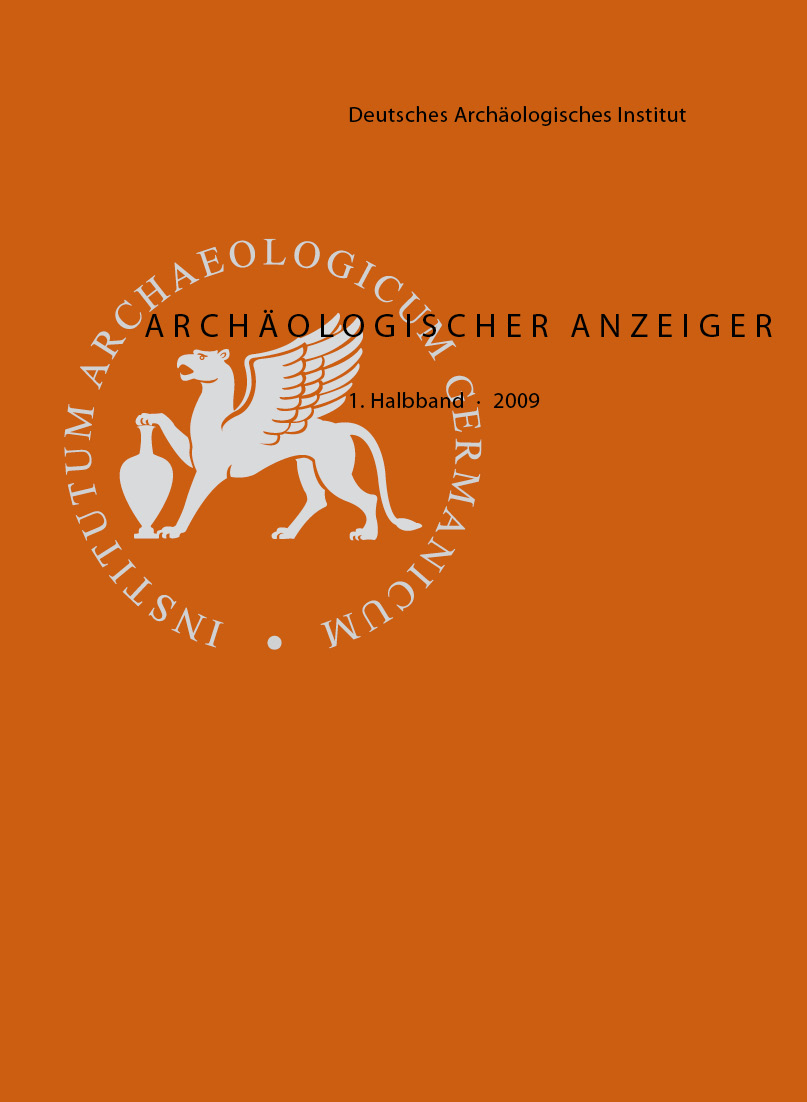The Excavations in Boğazköy-Ḫattuša in 2008
https://doi.org/10.34780/4ejl-661j
Abstract
Excavations in the valley west of Sarıkale have furnished proof that sections of the western Upper City were already in use in the late Karum period. After a stratigraphically clearly defined hiatus in settlement, an entirely new and very regularly planned settlement was established, its regularity unprecedented in the 16th century B.C. In the excavation zones to the south, at the transition to the central temple district, a large Hittite house has been almost fully exposed, allowing insights into the lifestyle of the Hittite elite which is known only from written sources. Surveys conducted in the Lower City have established that Kesikkaya probably possessed monumental architecture and was incorporated into a built-up district that extended to the north and east. The postern wall thus ran along the rocky spur in a wide arc. In the northern part of the Lower City two Abschnittsmauern have been identified unexpectedly, radically altering our picture of this part of the town.West of the Hittite town, the excavations at Çamlıbel Tarlası were continued under the direction of U.-D. Schoop and have shed light on the history and cultural development of the settlement cluster of Boğazköy. Above all, the radiocarbon datings will afford for the first time a more exact definition of the early settlement activities in this area.


